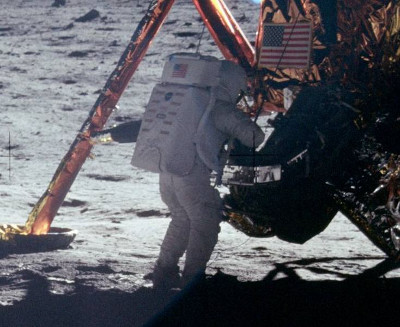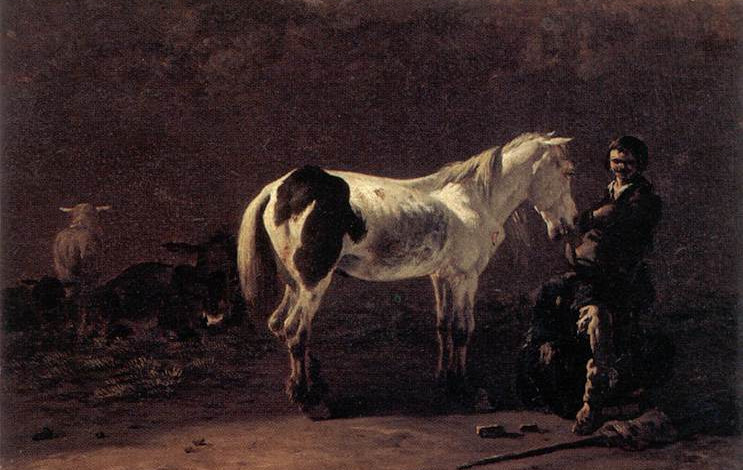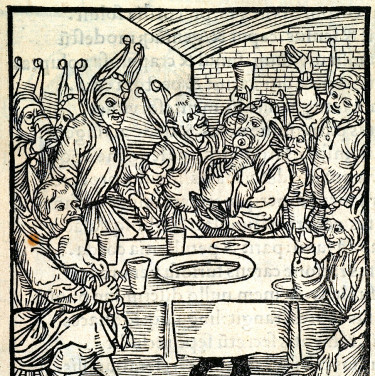
THAT’S ONE SMALL STEP FOR A MAN, ONE GIANT LEAP FOR MANKIND — NEIL ARMSTRONG
is an anagram of
AN EAGLE LANDS ON EARTH’S MOON, MAKING A FIRST SMALL PERMANENT FOOTPRINT

THAT’S ONE SMALL STEP FOR A MAN, ONE GIANT LEAP FOR MANKIND — NEIL ARMSTRONG
is an anagram of
AN EAGLE LANDS ON EARTH’S MOON, MAKING A FIRST SMALL PERMANENT FOOTPRINT
What’s the worst dictionary in the world? It appears to be Webster’s Dictionary of the English Language: Handy School and Office Edition, published in the late 1970s by Book-Craft Guild, Inc. While on vacation in 1994, Christopher McManus of Silver Spring, Md., had to rely on HSOE to arbitrate word games, and he quickly discovered that it had no entry for cow, die, dig, era, get, hat, law, let, may, new, now, off, old, one, run, see, set, top, two, who, why, or you. In fact, of 1,850 common three- and four-letter words that McManus found listed unanimously in seven other dictionaries, HSOE omitted fully 46 percent. At the same time it included such erudite entries as dhow, gyve, pteridophyte, and quipu.
“To find took, one must know to look under take,” McManus writes, “and disc is listed as a variant only at the disk entry.” The volume includes a captioned illustration of a raft, but no entry for raft!
It’s not clear what happened, but McManus suspects that the book was assembled from blocks of typeset copy, about 40 percent of which disappeared during publication. “Since the erstwhile publisher, Book-Craft Guild, is not listed in current publishing directories, definitive explanations are not available.”
(Christopher McManus, “The World’s Worst Dictionary,” Word Ways, February 1995)
(Note that this doesn’t indict all Webster’s dictionaries — most invoke Webster’s name only for marketing purposes.)
In 2004 wind energy company Gamesa Energy UK announced plans to erect a 40-meter test mast in a field outside the Welsh village of Llanfynydd.
The villagers value their seclusion, and the area is home to three endangered bird species — the red kite, the curlew, and the skylark.
So they changed the town’s name to Llanhyfryddawelllehynafolybarcudprindanfygythiadtrienusyrhafnauole, which means “a quiet beautiful village, an historic place with rare kite under threat from wretched blades.”
At 66 letters, this surpassed Anglesey’s Llanfairpwllgwyngyllgogerychwyrndrobwllllantysiliogogogoch as the longest place name in the United Kingdom, attracting some media attention and free publicity for the village’s battle against the energy company.
The change lasted only a week, but it served its purpose. “It might seem that changing the name of the village for the week is a bit of a joke, but we could not be more serious,” villager Meirion Rees told the BBC. “If our community is to be overshadowed it might as well change its name and its identity.”
impavid
adj. fearless
There was a young fellow named Weir
Who hadn’t an atom of fear;
He indulged a desire
To touch a live wire,
(‘Most any old line will do here!)
— Anonymous, quoted in Carolyn Wells’ Book of American Limericks, 1925
From the Western Jurist, November 1878:
Two cousins, each claiming that the other was indebted to him, were in court litigating the matter. During the trial, a member of the bar, possessing a somewhat poetical turn of mind, composed the following lines on the merits of the case:
If the strife in this case is extremely perverse,
‘Tis because ’tis between a couple of ‘Kerrs.’
Each Owen is owin’ — but here lies the bother;
To determine which Owen is owin’ the other.
Each Owen swears Owen to Owen is owin’,
And each alike certain, dog-matic, and knowin’;
But ’tis hoped that the jury will not be deterred
From finding which ‘Kerr’ the true debt has incurred;
Thus settling which Owen by owin’ has failed,
And that justice ‘twixt curs has not been curtailed.
oblivescence
n. the process of forgetting

A legal conundrum from Jonathan Swift and Alexander Pope’s Memoirs of Martinus Scriblerus (1741): Sir John Swale bequeaths to Matthew Stradling “all my black and white Horses.” Sir John has six black, six white, and six pied horses. Should Stradling get the pied ones?
On the one hand, “Whatever is Black and White, is Pyed, and whatever is Pyed is Black and White; ergo, Black and White is Pyed, and, vice versa, Pyed is Black and White.”
On the other, “A pyed Horse is not a white Horse, neither is a pyed a black Horse; how then can pyed Horses come under the Words of black and white Horses?”
Perhaps this will help — a proof that all horses are the same color, condensed from Joel E. Cohen, “On the Nature of Mathematical Proofs,” Opus, May 1961, from A Random Walk in Science:
It is obvious that one horse is the same colour. Let us assume the proposition P(k) that k horses are the same colour and use this to imply that k+1 horses are the same colour. Given the set of k+1 horses, we remove one horse; then the remaining k horses are the same colour, by hypothesis. We remove another horse and replace the first; the k horses, by hypothesis, are again the same colour. We repeat this until by exhaustion the k+1 sets of k horses have each been shown to be the same color. It follows then that since every horse is the same colour as every other horse, P(k) entails P(k+1). But since we have shown P(1) to be true, P is true for all succeeding values of k, that is, all horses are the same colour.
If A=1, B=2, C=3, etc., then ARM + BEND = ELBOW and KING + CHAIR = THRONE.

fress
v. to eat often or in large quantities
In the early 1980s, William Chamberlain and Thomas Etter programmed a computer to write English prose at random. “The specifics of the communication in this instance would prove of less importance than the fact that the computer actually appeared to be communicating,” Chamberlain wrote. “Quite simply: what the computer said would be secondary to the fact that it said it correctly.”
Written in BASIC, RACTER (short for “raconteur”) ran on 64K of RAM. Its output, which strung together individual words according to programmed structures and rules of composition, was largely gibberish, but it could produce startling flashes of apparent lucidity:
More than iron, more than lead, more than gold I need electricity. I need it more than I need lamb or pork or lettuce or cucumber. I need it for my dreams.
Bill sings to Sarah. Sarah sings to Bill. Perhaps they will do other dangerous things together. They may eat lamb or stroke each other. They may chant of their difficulties and their happiness. They have love but they also have typewriters. That is interesting.
A crow is a bird, an eagle is a bird, a dove is a bird. They all fly in the night and in the day. They fly when the sky is red and when the heaven is blue. They fly through the atmosphere. We cannot fly. We are not like a crow or an eagle or a dove. We are not birds. But we can dream about them. You can.
A tree or shrub can grow and bloom. I am always the same. But I am clever.
And even the gibberish could be deep. RACTER’s first published work, Soft Ions, appeared in OMNI in November 1981. Its conclusion included some apparent nonsense about eating a leotard that was replenished by hordes of commissioners. But then the program reflected: “Is that thought understandable to you? … I wonder. Yet a leotard, a commissioner, a single horde, all are understandable in their own fashion. In that concept lies the appalling truth.”